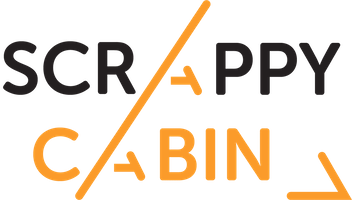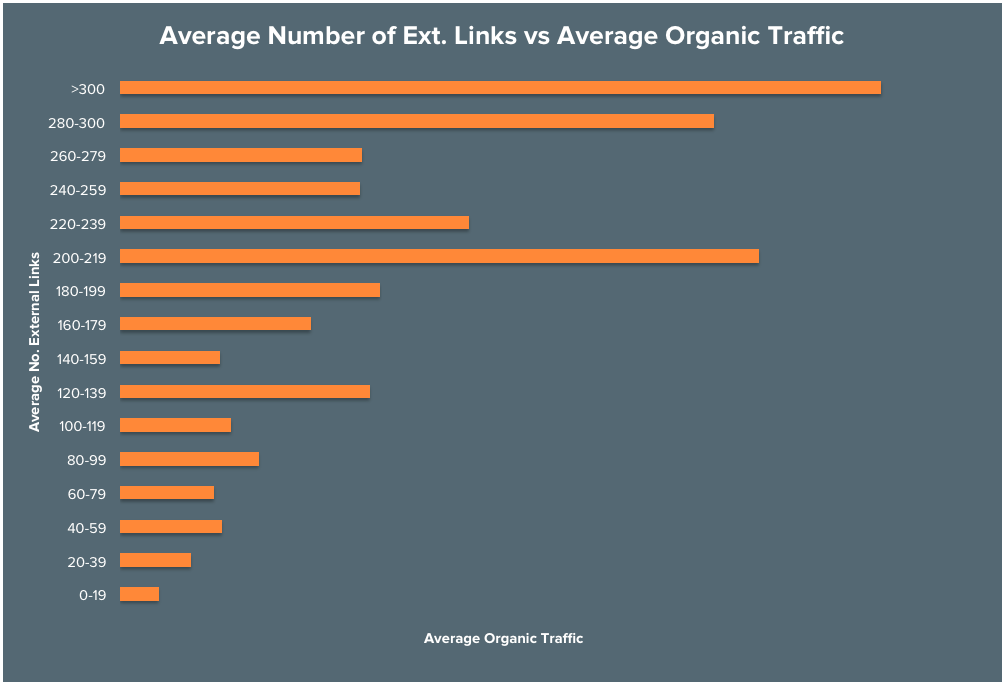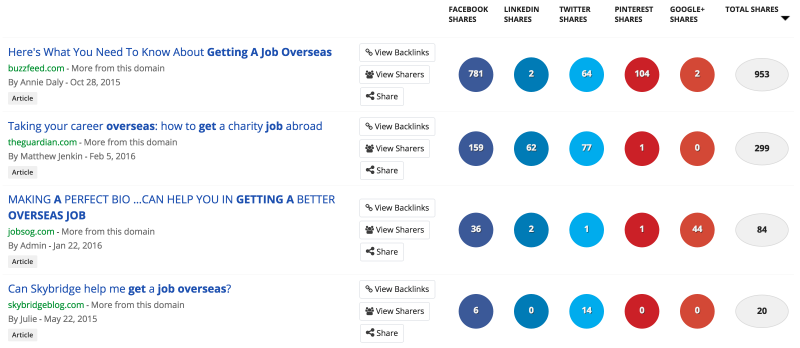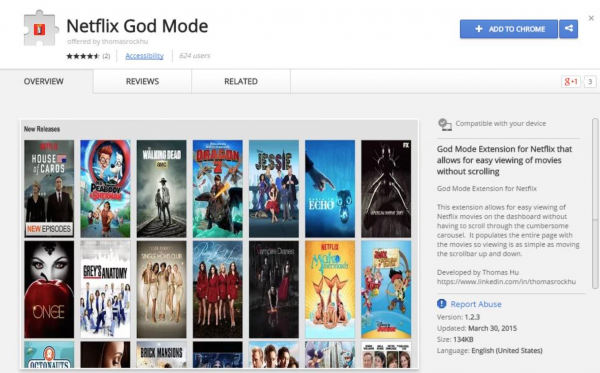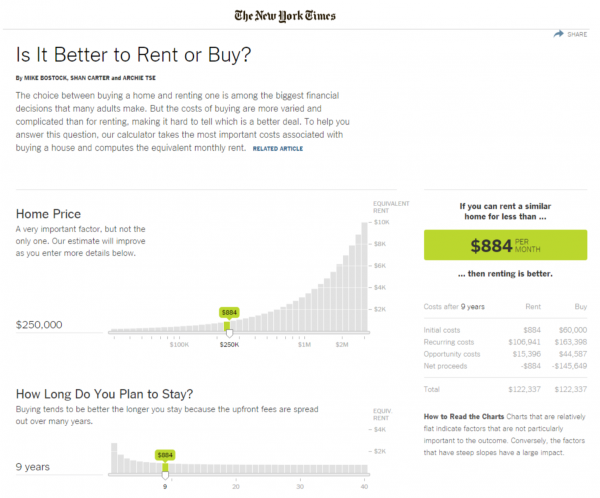Build a Linkable Asset
Links are still the most important thing to have in order to rank for competitive keywords. This is even the case for huge authority sites, like HubSpot.
The above chart is from a study I did into the HubSpot blog. It shows huge positive correlation with the number of backlinks a URL had and the volume of organic search traffic it generated.
In short, even for websites that have tons of links pointing to their domain, they still need to earn links to their individual pieces of content to rank well.
The only problem is, earning backlinks is difficult.
One way to rank for more competitive search terms is to build out highly-linkable assets that are either geared towards ranking for that keyword or to passing internal links to a different piece of content that you want to rank.
Step 1: Who Would Link to You?
Before you start building some useless infographic that bears absolutely no relevance to your brand, take a moment to think about who would possibly link to this?
In a lot of cases, this may not actually be your buyer persona. If your buyer persona has the ability to link (i.e. they have a website and would actually mention your content and link to it) then you may be able to get even more bang for your buck, but in a lot of cases it will be someone slightly different to the people who will buy from you.
Usually, the big links you can go after will be from publishers (both editorial publications and blogs, for example). For instance, you may be creating a data visualisation of the average salaries for individual states in the US. This kind of content is a prime target for being picked up in the Wall Street Journal, et al.
In fact, here's an exact example of that in action (with a link from WSJ and many more!).
It's also worth managing expectations here. Setting yourself the goal of getting links from WSJ is about as tough as it gets. If this is your first time doing this, set the bar a little lower and work your way up.
Step 2: Conceptualising an Idea
I always start this process by looking at what kinds of ideas are working well within my industry.
Go through and use a tool like BuzzSumo and find popular content within your industry or around a topic related to your business.
Taking a look at top-performing content can give you ideas on specific angles you can take as well as how to format your content. Just make sure that you start with a good idea before you decide on the format. I see too many people start their idea process by saying, "I want to create an infographic".
Creating an infographic isn't an idea - it's a format.
Step 3: Deciding on the Format
One way of differentiating your idea from another is to do something a little different with the way you format it. Just make sure that you're appealing to the people that are going to link to you.
Here's a list of a few different content formats that you could explore:
- Text articles
- Infographics
- Videos
- Mobile/web apps
- Interactive guides
- Tools/software
- Quizzes/surveys
- eBooks
- White papers
- Memes
- Reviews
- Charts
- Lists
- Case studies
- Interviews
- Checklists
- FAQs
- Tutorials
- Podcast
- Illustrations
- Webinars
- Bookmarklets/browser extensions
These are just a few ideas that you could look at.
Step 4: Make Sure You're Solving a Problem
This is always a bit of sense-checking that I tend to do when creating something big. I ask myself whether I'm actually solving a problem that someone who could link to me has.
Let me give you a couple of examples...
Example 1: Netflix 'God Mode' Bookmarklet
Problem: "Our target market watch Netflix, but they hate the interface."
Solution: Netflix God Mode
Stats: 482 links from 191 websites, including CNN and Huffington Post. Top 10 in Product Hunt and over 600 social shares.
Example 2: Buy vs Rent Calculator
Problem: "Our target market has issues with understanding what the best approach is for moving into their first home."
Solution: NY Times
Stats: 296,000 backlinks from 2,440 websites. Over 90,000 social shares.
